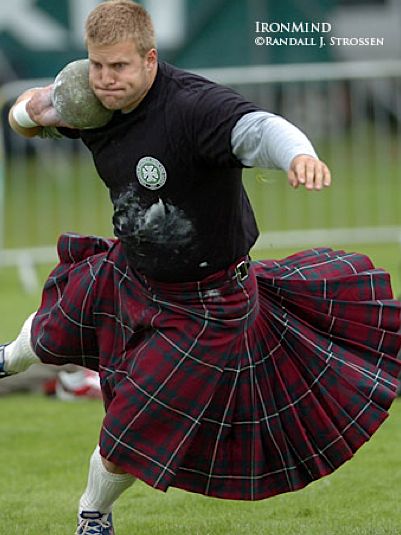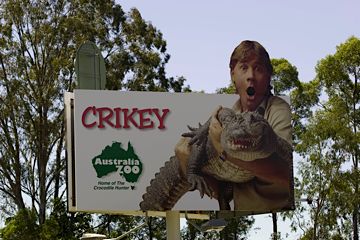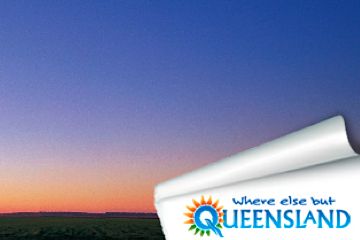 I'm travelling for a couple of weeks (back around March 15). In the meantime, here are a few hidden gems from the archives.
I'm travelling for a couple of weeks (back around March 15). In the meantime, here are a few hidden gems from the archives.
Enjoy.
As Jim Wendler, Rick Walker and others have noted; traps maketh the man. Even if the rest of your body is comparatively small, huge traps are downright impressive.
In his article The Yoke, Wendler pointed out :
We live in a society that judges on physical appearance. Having big legs is ok, but no one notices. Big arms make you seem too narcissistic. A big chest makes you look like Captain UpperBody; a superhero no one wants to dress up like during Halloween. So that leaves the yoke as the essential body part to develop.
Besides which, a well-protected neck is always a good thing to have.
What is the yoke?
 To a tailor measuring you up for a shirt (OK, imagine you're getting married or something; you can't wear t-shirts ALL the time), the yoke refers to the section from one shoulder to the other. Not around the back, but up and over the top. Bigger neck = bigger measurement.
To a tailor measuring you up for a shirt (OK, imagine you're getting married or something; you can't wear t-shirts ALL the time), the yoke refers to the section from one shoulder to the other. Not around the back, but up and over the top. Bigger neck = bigger measurement.
To anyone who loves the iron, the yoke is simply the collection of muscles that sits around the neck and makes it look as though you're permanently wearing one of those inflatable travel pillows. Those muscles help protect your neck from all sorts of damage (which is why you'll often see footballers, wrestlers and MMA athletes working them seriously).
For a slightly more anatomical look at things, the yoke consists of :
Traps (Trapezius)
If the first exercise that came to mind when you read the word 'yoke' was the humble shrug, join the club. Listed below are several other ways to hit the traps, but the shrug is at the top of the list for a good reason - it works.
The traps help with several movements of your arms above your head (picture the movement of a pull-up, for starters). The top shelf always gets a little harder to reach after a solid deadlift day.
Rear Delts (Posterior Deltoids)
These are simply the muscles at the back of the shoulders, and help to raise your arms behind you (think of a rear lateral raise).
Neck (Several muscles, all designed to rotate and tilt your head in various directions)
This probably brings to mind helmets, neck harnesses and formula one racing drivers (if that last one surprises you, think about the G-forces those guys are repeatedly subjected to as they go around corners). There are several muscles involved, but they have a common purpose : to help protect the cervical spine. And rotating/tilting the head of course.

 This is a guest post by
This is a guest post by 
 It's time to do a bit of travelling again - only for a couple of weeks. This time it's a trip across the border into Queensland (about 1,000km north of here), specifically to do some
It's time to do a bit of travelling again - only for a couple of weeks. This time it's a trip across the border into Queensland (about 1,000km north of here), specifically to do some  It's time to do a bit of travelling again - only for a couple of weeks. This time it's a trip across the border into Queensland (about 1,000km north of here), specifically to do some
It's time to do a bit of travelling again - only for a couple of weeks. This time it's a trip across the border into Queensland (about 1,000km north of here), specifically to do some  On Friday we drive north to the perfect weather (well
On Friday we drive north to the perfect weather (well 